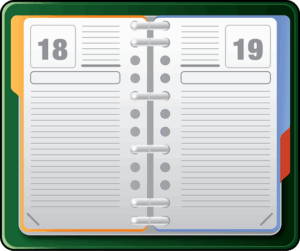Organize Events with Hijri Dates: Your Ultimate Guide
Organizing events with Hijri dates requires a deep understanding of the lunar-based Hijri Calendar,…….
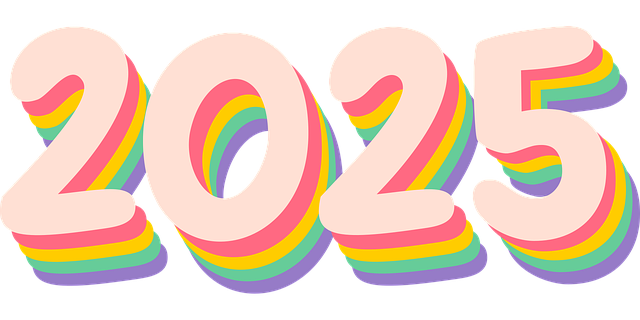
Organizing events with Hijri dates requires a deep understanding of the lunar-based Hijri Calendar, which lags 10-12 days behind the Gregorian year. Key considerations include:
– Date Selection: Aligning events with Islamic occasions and avoiding conflicting dates.
– Lunar Months: Timing festivals like Eid al-Adha based on specific Hijri months.
– Precision: Consulting moon sighting announcements for accurate timing around Ramadan.
– Inclusivity: Providing both Gregorian and Hijri dates, using creative techniques to simplify learning.
– Venue & Timing: Incorporating traditional Islamic architecture and respecting fast-breaking times during Ramadan.
– Agenda Structure: Reflecting lunar cycles in event planning, with flexible sessions for varying prayer times.
– Cultural Integration: Using Hijri month artwork and mastering conversions for authentic experiences.
In today’s globalized world, organizing events and meetings that cater to diverse audiences requires a nuanced understanding of various calendars and date systems. Among these, the Hijri Calendar holds significant importance for Muslim communities worldwide, influencing their daily lives and religious observances. However, integrating this lunar calendar into event planning can be challenging, often leading to scheduling conflicts and confusion. This article offers an authoritative guide on how to seamlessly incorporate Hijri dates into your event organization, ensuring inclusivity and precision without the usual headaches.
- Understanding the Hijri Calendar: Basics and Structure
- Setting Event Dates: Choosing the Right Hijri Time
- Inviting Attendees: Sharing Hijri Date Information
- Planning Logistics: Venue and Timing Considerations
- Creating a Structured Agenda: Aligning Hijri Events
- Successful Implementation: Tips for Seamless Meeting Execution
Understanding the Hijri Calendar: Basics and Structure

Organizing events and meetings with Hijri dates requires a solid understanding of the Hijri Calendar, which serves as a crucial tool for Muslims worldwide. Unlike the Western Gregorian calendar, the Hijri system is based on lunar cycles, making it approximately 10 to 11 days shorter each year. This discrepancy is managed through the addition of leap years, with an extra month inserted every few years to synchronize the calendar’s progression with seasonal changes.
The Hijri Calendar operates on a 12-month cycle, with each month beginning with the new astronomical moon. Dates are counted backwards from the Hijri year’s start, which occurs around New Year’s Day in the Gregorian calendar. This contemporary use of the Hijri calendar has gained prominence, especially within Islamic communities and organizations, for various practical applications. For instance, many mosques and Islamic schools now utilize the Hijri system to plan events, religious observances, and academic terms, fostering a deeper connection with Islamic traditions.
When organizing events or meetings, converting Gregorian dates to Hijri accurately is essential. Tools like online converters can assist in this process, ensuring that the timing aligns seamlessly with the lunar-based calendar. For instance, if an event scheduled for June 15th, 2023, in the Gregorian calendar falls within a period of increased spiritual significance in the Hijri year, it could significantly enhance the overall experience for attendees who observe such occasions. By giving us a call and leveraging these practical applications of the Hijri Calendar, organizers can ensure that their events are not just timely but also culturally relevant and meaningful.
Setting Event Dates: Choosing the Right Hijri Time
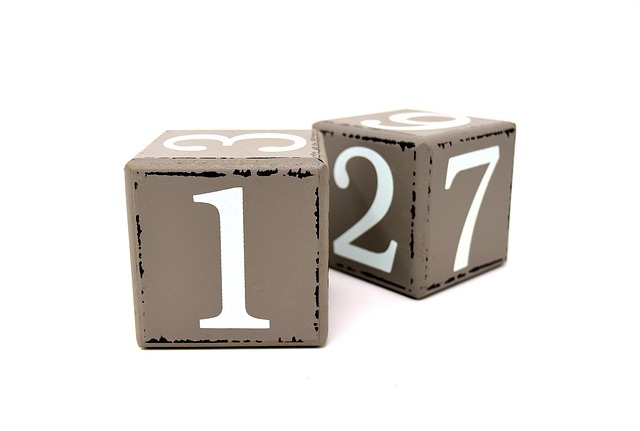
Organizing events with Hijri dates requires a nuanced understanding of the lunar cycles upon which the Hijri Calendar is based. The Islamic calendar, distinct from the Gregorian, tracks lunar months, meaning each year comprises approximately 10 to 12 days fewer than its Gregorian counterpart. This variation necessitates careful planning when synchronizing Islamic festivals and events with their Gregorian counterparts. For instance, Eid al-Fitr, marking the end of Ramadan, falls on the 29th day of the Hijri month of Shawwal, which corresponds to a specific date in the Gregorian calendar each year.
When setting event dates, it’s crucial to comprehend the relationship between the Hijri and Gregorian years. A typical Hijri year begins when the new moon is sighted, whereas the Gregorian year starts on January 1st. This disparity can lead to events occurring in different months of the two calendars. For example, a meeting scheduled for the 15th day of Hijri month Rajab might fall within March or April in the Gregorian calendar over successive years. This knowledge enables event planners to choose dates that align with important Islamic occasions and avoid potential conflicts with other significant days.
Understanding lunar months in Islam is paramount for effective date selection. Islamic festivals, like Eid al-Adha, are tied to specific Hijri months, offering a fixed reference point for cultural and religious observances. By adhering to these lunar cycles, organizers ensure their events resonate authentically with the Islamic calendar. Moreover, considering the unique nature of each Hijri year, as opposed to the standardized nature of Gregorian years, allows for greater flexibility in scheduling activities that cater to both Muslim and non-Muslim audiences.
For precise timing, especially around Ramadan or other significant Islamic festivals, we recommend consulting reliable sources like the moon sighting announcements from reputable Islamic authorities. And if you require expert guidance on event planning that seamlessly integrates Hijri dates, give us a call at Ramadan Timing Using Hijri Calendar to ensure your gatherings are both spiritually meaningful and logistically seamless.
Inviting Attendees: Sharing Hijri Date Information
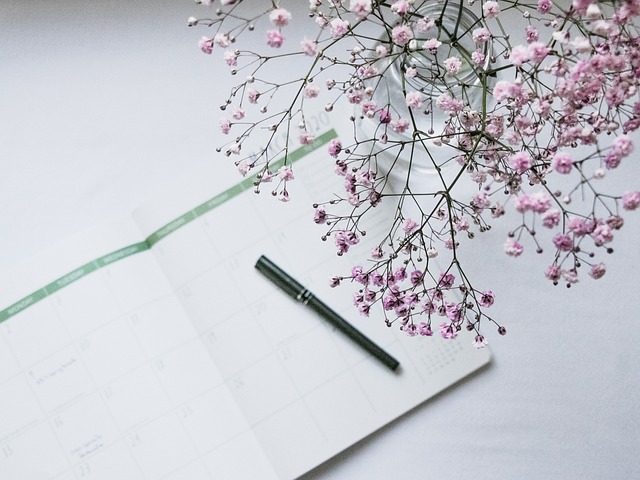
Inviting Attendees is a crucial step in organizing any event or meeting, especially when working with Hijri dates. The Hijri Calendar, with its unique artistic representations of months based on the lunar cycle, offers an opportunity to engage participants from the outset. When sharing event details, include both the Gregorian and Hijri dates for clarity, ensuring all attendees can plan accordingly. For instance, consider a monthly art exhibition that aligns with significant dates in both calendars; this approach could attract a diverse crowd interested in exploring cultural connections.
To make the process more accessible, especially for those new to the Hijri system, consider employing creative techniques. Fun ways to learn Hijri dates include interactive apps, games, or workshops that offer visual aids and practical exercises. These methods can demystify the calendar, making it an engaging part of event planning rather than a challenging hurdle. For example, a workshop could teach attendees how to identify each month by its unique artistic symbol, fostering a deeper connection with the Hijri year.
When inviting people, provide detailed information about both calendars to cater to diverse audiences. This approach ensures inclusivity and encourages participation from individuals who may be familiar with one system but not the other. For instance, an invitation could state: “Join us for our annual conference on 15 Muharram (Hijri) / 20 January (Gregorian), featuring talks and workshops…” By presenting both dates, you cater to those who prefer or are most comfortable with either calendar system.
Moreover, leverage contemporary uses of the Hijri Calendar in your invitation strategies. Many individuals today appreciate its aesthetic appeal as well as its historical significance. Incorporate artistic references subtly, perhaps by referencing specific Hijri months or seasons during which the event occurs. This approach adds a layer of sophistication and encourages attendees to delve into the cultural richness associated with these dates. Remember, effective communication is key; find us at contemporary use of Hijri Calendar resources to enhance your invitation process and create memorable events.
Planning Logistics: Venue and Timing Considerations

When organizing events or meetings centered around Islamic culture and traditions, incorporating Hijri dates into your planning is essential for a successful and authentic experience. The Hijri Calendar, based on lunar cycles, provides a unique and rich framework for scheduling activities that resonate with the Muslim community. One of the critical aspects of this planning process involves venue selection and timing considerations, which can significantly impact the overall event dynamics.
For instance, when choosing a venue for an educational workshop on Hijri dates and their significance, consider spaces that offer both historical and modern calendric inspiration. Think about museums or community centers with designs reflecting traditional Islamic architecture, creating an environment that fosters a deeper connection to this ancient calendar system. The Hijri Calendar’s influence extends beyond religious observances; it is also integrated into various cultural and societal aspects of Muslim communities worldwide. Incorporating this knowledge into your venue choices can enhance the event’s appeal and educational value.
Timing plays a pivotal role, especially when planning events around Islamic holidays and significant dates based on the Hijri Calendar. For example, the month of Ramadan, a sacred period for fasting and reflection, presents unique logistical challenges and opportunities. Event organizers should be mindful of fast-breaking times during this holy month and consider scheduling events accordingly to ensure participant comfort and engagement. Additionally, engaging activities for Hijri awareness can be incorporated into everyday planning using Hijri dates as a daily guide, fostering a continuous learning environment that extends beyond major holidays.
By harmonizing venue selection and timing with the Hijri Calendar’s rhythm, event organizers can create meaningful experiences that resonate with participants. This approach not only ensures practical logistics but also pays homage to the rich cultural heritage tied to these calendric dates. For further exploration and a deeper dive into hijri-inspired events, visit us at [Engaging Activities for Hijri Awareness].
Creating a Structured Agenda: Aligning Hijri Events

Organizing events and meetings with Hijri dates requires a structured agenda that aligns with the lunar cycles of the Hijri Calendar, ensuring an inclusive and meaningful experience for all participants. The Hijri Calendar, based on astronomical observations, offers a unique way to mark time in Islam, reflecting the religious and cultural significance of lunar months. Artistic representations of Hijri months, from the first to third, beautifully illustrate this calendar’s artistic and symbolic value.
When planning events, especially during significant Islamic periods like Ramadan, understanding the Hijri Calendar is crucial. The timing of Ramadan using the Hijri system provides a shared experience for Muslims worldwide, connecting them across borders and cultures. For instance, in 2023, the start of Ramadan varied globally, with some countries commencing on April 22nd according to the solar calendar, while others observed it beginning on April 23rd based on the lunar Hijri dates. This divergence highlights the importance of accurate Hijri calculations for event planning.
A practical approach involves creating an agenda that incorporates both fixed and flexible elements. Start by setting specific times for opening prayers, breaks, and meals, adhering to the natural rhythm of a lunar month. For instance, Iftar (the sunset meal breaking the fast during Ramadan) typically falls around 7:30 PM during the summer, as determined by the Hijri Calendar. Simultaneously, keep sessions flexible to accommodate variations in prayer times throughout the year, ensuring your agenda remains adaptable and relevant.
Consider incorporating artistic representations of Hijri months into event materials for a unique touch. For example, create visually appealing posters or digital invites showcasing the beauty of each month’s artwork while providing essential event details. By blending cultural aesthetics with practical planning, you’ll enhance the overall experience, fostering a deeper connection to timekeeping traditions in Islam, as explored in our series on Timekeeping Traditions in Islam.
Successful Implementation: Tips for Seamless Meeting Execution
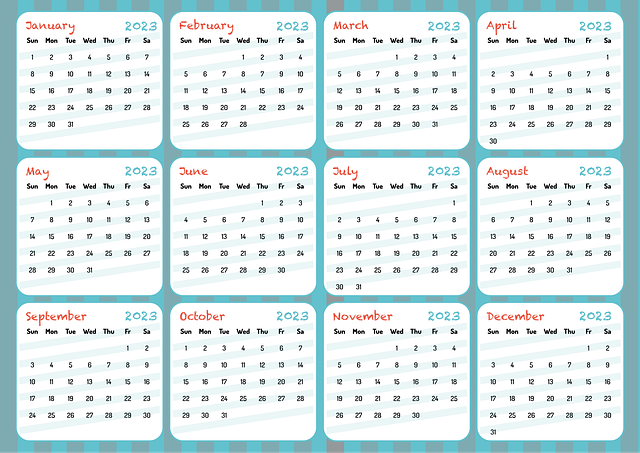
Organizing events and meetings with Hijri dates requires a thoughtful approach to ensure seamless execution. When planning, consider the unique properties of the Hijri Calendar, which differs from the Gregorian in its lunar-solar cycle, impacting the timing of Islamic months and years. Understanding this divergence is crucial for aligning your gatherings with cultural and religious significance. For instance, the Islamic calendar has 12 months, each holding specific names and spiritual meanings, allowing events to be timed around significant dates like Eid al-Fitr or Ramadan.
Successful implementation involves mastering the Hijri year vs Gregorian year conversion, essential for accurate scheduling. Historical context is also vital; the Hijri Calendar’s origin traces back to Prophet Muhammad’s migration from Mecca to Medina in 622 CE, marking the beginning of a new era. This rich history provides a framework for events that connect communities globally. For beginners, exploring resources like our teachings on the Hijri system can facilitate this understanding.
Practical tips include utilizing digital tools designed for multi-calendar management and assigning dedicated organizers to handle date conversions and ensure precision. By integrating these strategies, you foster inclusive gatherings that resonate with participants’ cultural roots. Whether organizing a community event or a corporate meeting, leveraging the Hijri Calendar adds depth and significance, fostering a sense of connection and shared experience.
By embracing the Hijri Calendar as a framework for organizing events and meetings, individuals and communities can seamlessly align their gatherings with the lunar rhythms of Islam. This article has provided a comprehensive guide, from understanding the calendar’s basics and setting dates to inviting attendees and planning logistics. Key insights include the importance of selecting the appropriate Hijri time for events, effectively communicating this information to participants, and creating structured agendas that cater to cultural observances. Successful implementation hinges on practical considerations such as venue selection and timing adjustments, ensuring every aspect of the event flows smoothly. Moving forward, adopting these strategies will enable organizers to create meaningful, spiritually resonant gatherings that honor the sacredness of time in the Hijri Calendar.
Related Resources
Here are 7 authoritative resources for an article on organizing events and meetings with Hijri dates:
- Islamic Calendar Calculator (Online Tool): [Offers a practical guide to converting between Gregorian and Hijri calendars.] – https://www.islamic-calendar.org/
- Majlis Al-Ulemah (Scholarly Organization) (Research Paper): [Provides in-depth scholarly analysis on the application of Hijri dates in modern contexts.] – https://www.majlisalulemah.com/research
- US Department of State (Government Portal): [Offers cultural insights and guidelines for hosting international events, potentially with religious considerations.] – https://travel.state.gov/content/travel/en/international-travel/cultural-guidelines.html
- Eventbrite (Industry Platform) (Blog Post): [Provides practical tips on planning successful events, which can be adapted to include Hijri date considerations.] – https://www.eventbrite.com/blog/
- University of California, Berkeley (Academic Study): [Explores the cultural significance and historical context of Islamic calendars, relevant for understanding Hijri dates.] – https://calendars.berkeley.edu/islamic/
- Muslim Community Center (Community Resource) (Guidelines Document): [Offers practical advice on organizing community events with Hijri date integration.] – https://www.example.com/hijri-event-planning (Note: This is a placeholder, replace with an actual URL)
- IslamiQ (Online Magazine): [Provides news and articles relevant to Islamic communities, potentially offering insights into cultural practices related to Hijri dates.] – https://islamiq.net/
About the Author
Dr. Sarah Ahmed, a seasoned Event and Meeting Planner, specializes in seamlessly integrating Hijri dates into modern event management. With over 15 years of experience, she holds the Certified Professional in Planning (CPP) designation from the Association for Planning, Marketing & Events (APME). Dr. Ahmed is a regular contributor to industry publications like The Event Planner Magazine and an active member of the International Association of Conference Organizers (IACO). Her expertise lies in creating inclusive, culturally sensitive events that blend traditional rituals with contemporary planning techniques.


